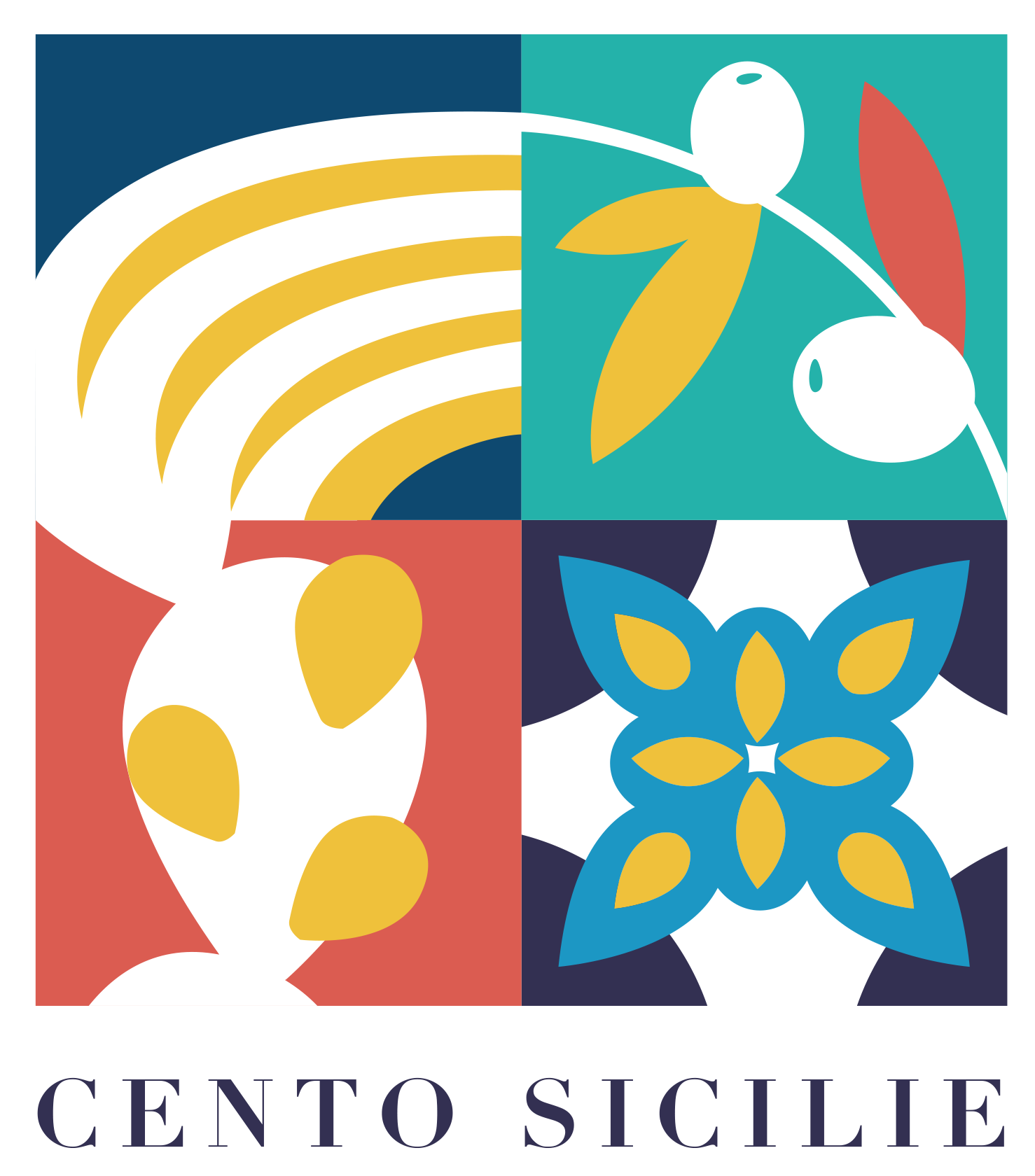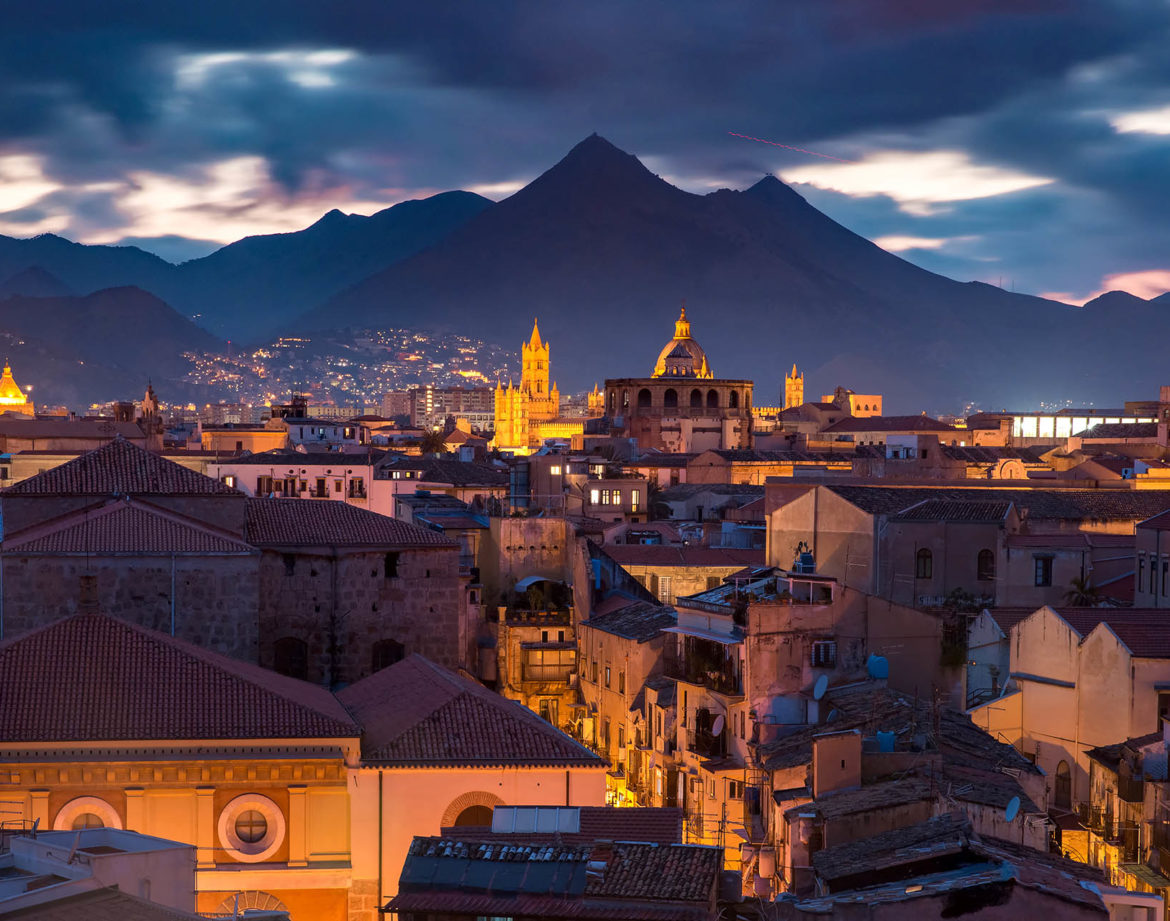For your next vacation, do you want a city that combines tradition and modernity? Chaos and tranquility? Nature, art and culture? Then Palermo is the right place for you. So let’s dive into its history and get to know all its facets, which make it one of the most beautiful Italian cities.
Historical notes of the city of Palermo
The city was founded by the Phoenicians between the 7th and 6th centuries BC, and then passed to the Carthaginians and the Romans who made it their strategic port in the Mediterranean. Then there was the difficult period of the barbarian invasions, stopped by the advent of the Byzantines who held Palermo for three centuries making it – together with the rest of Sicily – a peripheral province of the Eastern Empire.
An important turning point occurred in conjunction with the arrival in the 9th century of the Arabs, who moved the capital of Sicily to Palermo (previously it was in Syracuse), making the city grow from every point of view. Internal conflicts within the Arab people led to the crisis and facilitated the entry of the Normans, who took the city between 1071 and 1072. Palermo reached its maximum splendor under the government of Roger II, and then ceded – on his death – the role of hegemonic city of the Mediterranean to Naples.
The following eras saw Palermo dominated by families such as the Swabians and Angevins, and then came under Spanish rule. In 1734 the scepter of the city passed to the Bourbons, who kept the kingdom of Sicily and Naples separated in the Kingdom of the Two Sicilies.
Finally arriving in the 1900s, Palermo experienced a decidedly luxuriant first part of the century. The same cannot be said of the second half, characterized by the phenomenon of the mafia fought by historical figures – who gave their lives for this fight – such as Giovanni Falcone and Paolo Borsellino.
What to see and visit in Palermo
The city of Palermo offers beauties for all tastes, but there are buildings that probably stand out above others in importance. Among the absolute symbols of the Sicilian capital is the Palazzo dei Normanni, which summarizes the various dominations of the city in a single building. Built during the Arab period, it was later modified by the Normans and also used by the Spaniards. His style, both internally and externally, preserves traces of all these peoples.
Another definitely unmissable building is the Teatro Massimo. It was inaugurated in 1897, it is the largest opera house in Italy and the third in Europe. Only the theaters in Vienna and Paris are superior to it and, in addition to hosting world-class operas, it offers views across the city.
On the religious level, the main place of worship in the city is its Cathedral. Dedicated to the Holy Virgin Mary Assumed into Heaven, like the Norman palace it has a variety of styles – both inside and out – which make it a cathedral of rare beauty.
What to do in the city of Palermo
During your stay in Palermo, you certainly cannot miss the unique areas of the city. One of these is the Ballarò Market, where you can find the typical products of the city and immerse yourself in its more free-range climate.
To savor the more ancient history (of the area of Palermo and not) we recommend the Regional Archaeological Museum, which offers a collection of works from the Etruscan, Roman, Egyptian and Greek periods, some of which come from the famous temple of Selinunte.
If your preferences are more naturalistic, a tour of the botanical garden is for you. There are several species of plants and trees, both traditional and exotic. The ideal place to relax in the midst of nature.
What and where to eat in Palermo
The gastronomic aspect is another aspect that makes Palermo a decidedly attractive destination. It starts with the famous arancine, or rice balls stuffed with various ingredients and then breaded and fried. Then there are the panelle (chickpea flour fritters), the panino ca meusa (mix of offal including the spleen, the calf’s lung and the cartilages of the ox’s trachea), the cassata and the Sicilian cannoli.
To taste these dishes, you can go to the Taverna Azzurra (historic place in the city that offers Sicilian home cooking) or to the Trattoria da Totò. To try all the goodness of Palermitan desserts, we recommend the Pasticceria Costa instead.
Main beaches of the Palermo coast
In addition to its historical and architectural beauties, Palermo also offers a large and spectacular list at the level of beaches. Among the most popular places is Cefalù which, in addition to having a truly delightful historic center, boasts a beautiful sandy beach bathed by a crystalline sea. A stretch of coast that alternates areas that are very popular with tourists and others that are more secluded.
The other particularly famous place in the surroundings of Palermo is Mondello, with its white sand and rocky promontories spotted with vegetation in the distance that offer a breathtaking view.
How to reach Palermo
Palermo can be reached by plane, landing at the Falcone Borsellino airport (Punta Raisi) which is 35 km from the city and which is connected to it by a shuttle train. The Sicilian capital can also be reached by train from all the other cities of the island while, by opting for the ship or the ferry, there is the possibility of arriving in Palermo from all the seaside cities of the Tyrrhenian and Mediterranean.


Comment (0)